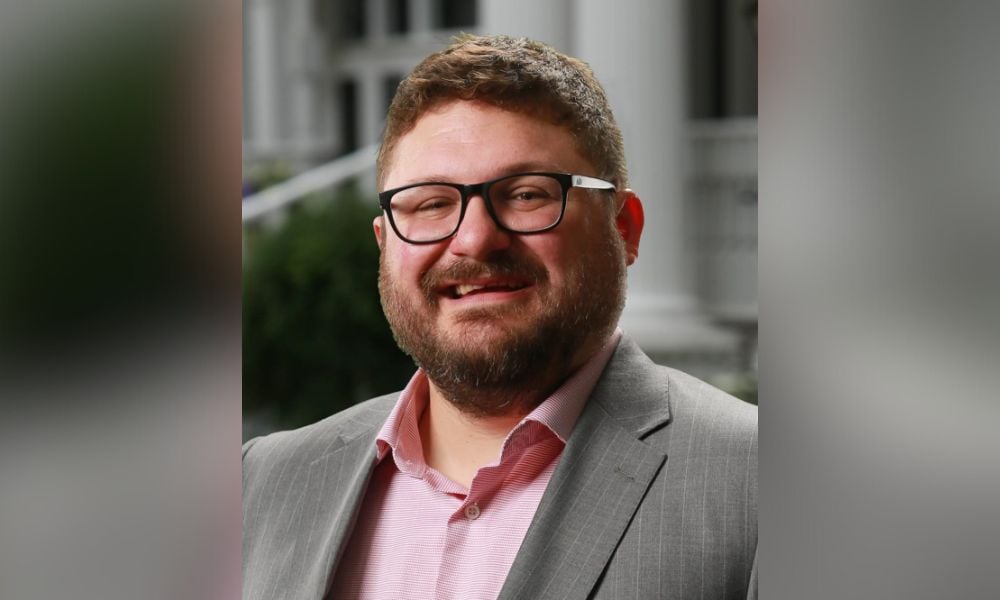
'The hiring in many organizations just hasn't been there when it comes to Indigenous People'

A recent Deloitte report found that while many Canadian organizations feel like they’re doing their bit in championing Indigenous employees in the workplace, the individuals themselves feel otherwise.
The report interviewed several Indigenous youths looking to break into their first professional career and found that they faced bias and barriers not necessarily faced by their non-Indigenous counterparts.
The challenges faced by Indigenous employees need to be addressed by employers – however it’s important that’s done so in a meaningful way. For some organizations, when the time of Truth and Reconciliation rolls around, a dangerous game of tokenism comes into play.
“Many organizations realize at that particular time that understanding and learning more about Truth and Reconciliation is paramount to the way that they conduct and do business,” says Roy Pogorzelski, board director at the Canadian Race Relations Foundation and leading Truth and Reconciliation consultant.
“Where the concept of tokenism presents itself is when an organization puts out a position for an Indigenous liaison officer, but they haven't done the work internally to ready themselves. They haven’t [undergone] the professional development side.”
By this Pogorzelskim means he would like to see companies invest in deeper work around educating employees about the Indigenous experience in Canada. And from there, putting a plan in place, creating a committee or an engagement strategy with authentic calls to action.
But one of the more concerning areas of tokenism in Truth and Reconciliation manifests as identifying one Indigenous employee in a company and proceeding to dump all the work on them – thinking they have the time or the experience to handle it.
“Say, for example, you hire one Indigenous employee to take this on,” says Pogorzelski. “When you do that, this work becomes a separate side piece, because there's no one else in an organization tasked with doing it. However, you do have a number of managers or folks with opinions about it. You've also got the rushed and hurried timelines in organizations that don't understand the need to engage with knowledge keepers and elders here.”
This in turn can lead to burnout, stress, anxiety and even culminate in employees quitting. All because employers aren’t investing authentically in their Indigenous Peoples or their journey. Because, for Pogorzelskim, that’s exactly what it’s about – the journey.
“When you think that in some Canadian companies, less than one percent of their workforce are Indigenous, it’s just not realistic to make than one person the spokesperson on all Indigenous issues. Because again, ecologically, we're so different - culturally, we're so different. And when we don't acknowledge that diversity or intersectionality of the Indigenous experience, it can become difficult.”
And for many Indigenous Peoples right now, their journey is very much an emotional one. Talking about lived experiences, the work around survivors’ testimonies – Pogorzelski says it’s not easy. This stress, the additional burden, can then manifest as burnout.
“Burnout is one element, but it also culminates in unsafe workplaces, in racism and in discrimination. If you’re hiring one person to do all of this work, but the organization as a whole hasn’t had any education or ant-racism training, you’re sending that person into an unsafe environment.
“We can't talk about Truth and Reconciliation without realizing, understanding and acknowledging that there's systemic racism and institutionalized racism that still permeates from early policies.”
So what should employers be doing? Speaking to Virginia Purcell, HR director at Yaq̓it ʔa·knuqⱡi’it (Tobacco Plains First Nation), she offered four tips to start supercharging your Indigenous programs today:
Feedback groups: Ensure that Indigenous employees have channels through which they can provide feedback about their experiences, challenges, or any issues they face in the workplace. Addressing concerns promptly and genuinely will foster trust.
Include Indigenous art: Including local Indigenous art, symbols, or designs in the workplace can be welcoming for Indigenous employees. Always ensure that this is done respectfully, authentically, and with permission from Indigenous artists or communities.
Language recognition: Recognize the Indigenous languages of the region, and consider offering language classes or including Indigenous greetings in company communications.
Ongoing commitment: Remember that creating an inclusive workplace is an ongoing effort. Regularly review policies and practices to ensure they are up-to-date and relevant. Seek feedback from Indigenous employees to understand what's working and where improvements can be made.
As for Pogorzelskim, he tells HRD that organizations really need to go back to basics and start looking at their core culture and values – starting with recruitment.
“The hiring in many organizations just hasn’t been there when it comes to Indigenous People,” he says. “A lot of companies haven’t looked at their own recruiting or engagement plans. They haven't even looked at any type of strategy around building relationships with our neighbouring nations.”
Those engagement strategies should include reaching out to an Indigenous Person who can bring in elder knowledge, create those connections and understand how protocol plays a major role in how we connect with knowledge keepers.
“If organizations are unwilling to commit resources to do this important work, they’re always going to struggle to recruit, hire, retain and engage - they're going to really struggle to build relationships and to build in the space of allyship,” adds Pogorzelskim.